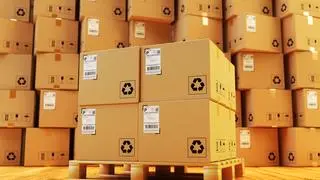Aluminium craves oxygen. (All base metals do, but we are talking about aluminium because it is abundantly available on Earth.)
Satya Chakravarthy, professor of aerospace engineering at IIT Madras, and a start-up company mentored by him, called X2fuelsenergy, decided to make use of this property of the metal to produce hydrogen and methanol.
Aluminium pulls oxygen from air and water, but that limits its own reaction because of the oxide that forms on the surface of the metal, denying the aluminium underneath access to oxygen. One way to overcome this is to use very hot water on aluminium nanoparticles, but this is not a very economical route. Instead, X2fuelsenergy has invented a process that uses seawater, which is highly alkaline (a desirable property here) and aluminium from scrap dealers. The reaction gives hydrogen and alumina; the hydrogen is further reacted with atmospheric carbon dioxide to produce methanol.
The process works well, except that you need to spend on aluminium. To deal with this, Chakravarthy, R Vinu, co-founder of X2fuels, and Nallasivam Jeganathan, the CTO of the company, brought into the process another element — recovery of aluminium from alumina by electrolysis. They used non-consumable electrodes — titanium diboride for cathode and nickel ferrite for anode — immersed in an electrolyte of molten cryolite. (The conventional carbon cathode would have produced carbon dioxide, which is a no-no.) X2fuelsenergy is now planning a pilot plant.
So, can you indeed produce hydrogen by putting shredded soda cans into a bucket of seawater? Absolutely, says Chakravarthy. “It is hidden in plain sight,” he says.








Comments
Comments have to be in English, and in full sentences. They cannot be abusive or personal. Please abide by our community guidelines for posting your comments.
We have migrated to a new commenting platform. If you are already a registered user of TheHindu Businessline and logged in, you may continue to engage with our articles. If you do not have an account please register and login to post comments. Users can access their older comments by logging into their accounts on Vuukle.